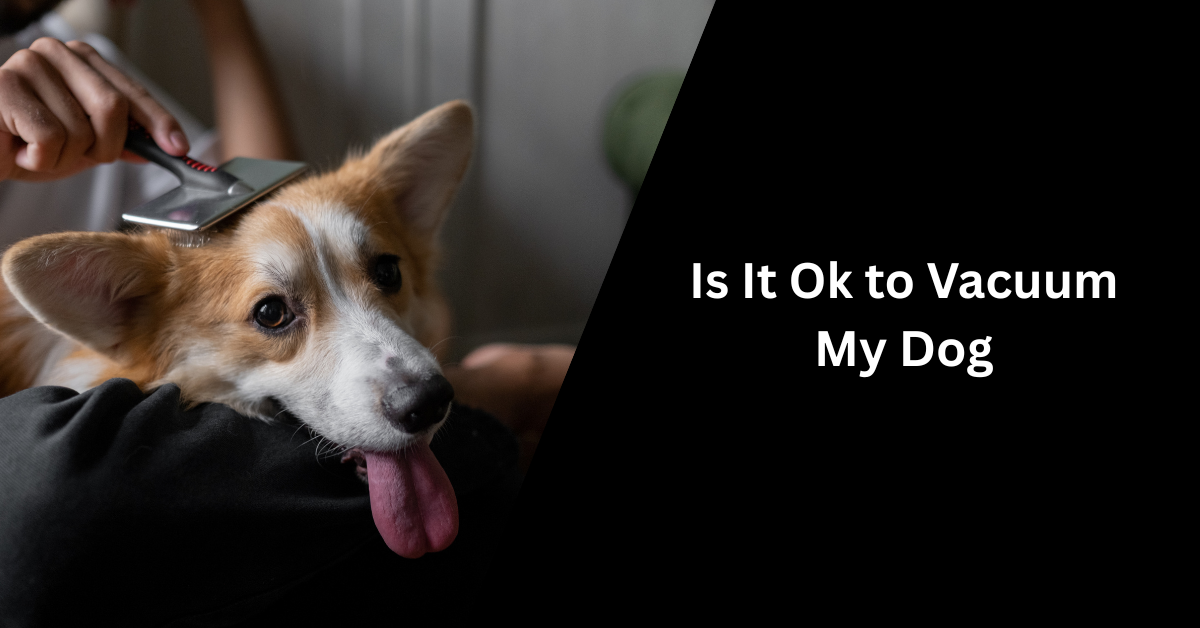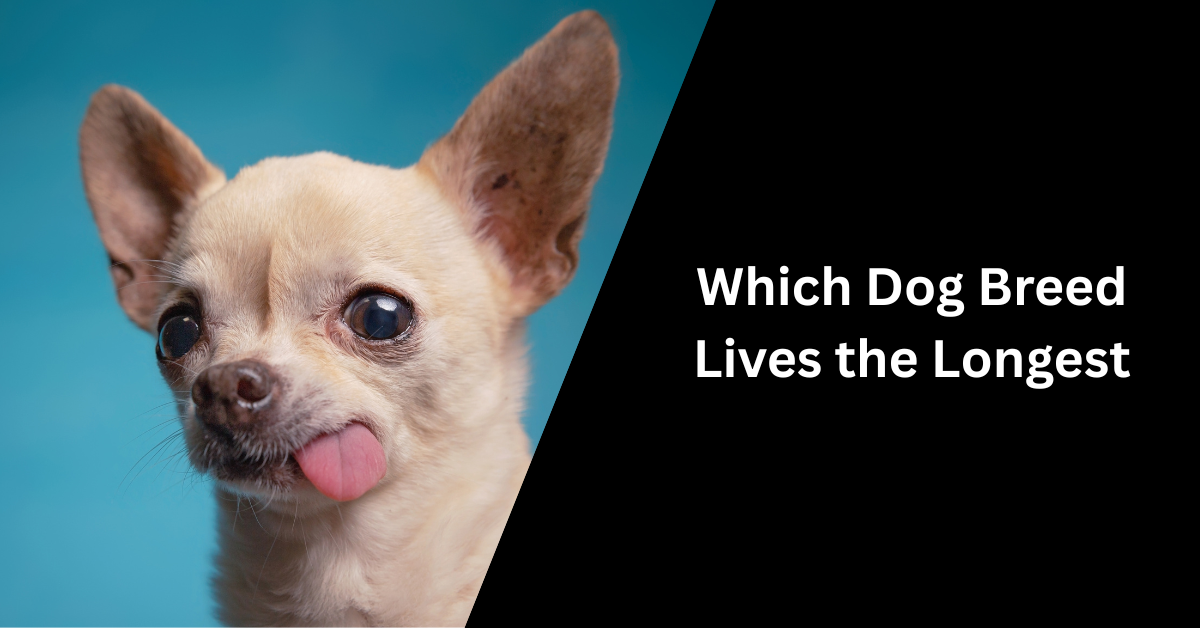The fascinating world of canine behavior reveals complex brain chemistry at work when dogs chase moving vehicles. This behavior isn’t just a simple response – it’s deeply rooted in their neurological makeup and evolutionary history.
Brain chemistry during chase
When a dog spots a moving car, their brain initiates a cascade of chemical reactions. The mere sight of rapid movement triggers an immediate response in their neural pathways, similar to a reflex action. During these moments, dogs often become so focused on the chase that they shut down other senses, concentrating solely on their target.
Prey drive activation
The predatory sequence in dogs follows a specific pattern: see, orient, stalk, chase, grab bite, and kill bite. This sequence isn’t learned – rather, it’s genetically “hard-wired” into their brains. Moving vehicles, with their quick movements and distinctive sounds, activate this inherited predatory hunting sequence.
Role of dopamine
Dopamine plays a crucial role in reinforcing car-chasing behavior. Each time a dog engages in this activity, their brain releases dopamine, creating a powerful reward system. This chemical release is remarkably similar to the reward system activated by certain drugs in humans, making the behavior highly addictive.
Furthermore, this dopamine-driven reward system creates a challenging feedback loop. Every successful chase reinforces the behavior, making dogs more likely to repeat it in the future. This internal reinforcement is especially powerful because:
- It’s self-rewarding – dogs don’t need external rewards like treats
- The behavior triggers immediate pleasure responses
- The more they chase, the stronger the urge becomes
Most compelling, stressed or anxious dogs often display increased car-chasing behavior. This occurs because the activity helps release endorphins and other feel-good chemicals, which can become a coping mechanism for dealing with stress.
The brain’s response to car chasing is remarkably efficient – even before a dog’s visual cortex can properly identify the moving object, their predatory behaviors have already activated. This explains why dogs might chase cars despite having no real chance of catching them. The behavior isn’t about logic – it’s about satisfying a deeply ingrained neurological urge.
Understanding this complex interplay between brain chemistry and behavior helps explain why traditional training methods often fall short. Since the reward comes from within, through natural chemical releases, simply offering external rewards or punishments may not effectively address the underlying drive. This internal reinforcement system makes car chasing particularly challenging to control, especially in breeds with strong predatory instincts.
Evolution of Chase Behavior
Our canine companions’ tendency to chase moving objects traces back to their ancestral roots. This instinctive behavior, deeply embedded in their DNA, showcases the fascinating evolutionary journey from wild predators to beloved pets.
Wolf ancestry connection
Modern dogs inherited their chasing instincts directly from their wolf ancestors. While domesticated dogs no longer need to hunt for survival, these primal behaviors remain active and influential in their daily lives. The predatory sequence, which includes searching, stalking, chasing, and capturing, stems from their wild predecessors’ survival tactics.
Interestingly, different breeds retain varying aspects of this ancestral behavior pattern. Border Collies, for instance, excel at eye-stalking and chasing, although they typically lack the bite-and-kill drive of their wolf ancestors. Meanwhile, terrier breeds often maintain the complete predatory sequence, showcasing a stronger connection to their hunting heritage.
Hunting instincts
The predatory chase drive manifests differently across breeds, shaped by centuries of selective breeding. This instinctive behavior pattern includes:
- Hunting phase – involving ground scenting, air tracking, and environmental scanning
- Stalking – characterized by fixed gazing and slow, calculated movements
- Catch sequence – encompassing the chase and potential takedown
- Consumption – the final phase, though rarely seen in domestic dogs
Most compelling, experience and opportunity play significant roles in determining how strongly these hunting instincts emerge. While all dogs possess some degree of prey drive, the intensity varies significantly among individuals. Some dogs might playfully chase a ball without any intention to harm, whereas others display an almost uncontrollable urge to pursue moving targets.
Breed-specific traits significantly influence these inherited behaviors. Sporting dogs like retrievers and spaniels typically exhibit strong searching and carrying instincts. Alternatively, herding breeds often direct their predatory energy toward larger targets, including vehicles, in what appears to be an attempt to control movement.
The persistence of these ancestral traits explains why car chasing proves particularly challenging to control. These behaviors trigger natural pleasure responses in dogs’ brains, making them self-reinforcing activities. Additionally, certain breeds developed specifically for tasks requiring keen chase instincts may find it especially difficult to resist pursuing moving vehicles.
Understanding this evolutionary background helps explain why dogs don’t simply chase cars – they’re responding to deeply ingrained survival mechanisms that once served their wild ancestors. While modern dogs may never need to hunt for survival, these ancestral instincts continue to influence their behavior, creating both challenges and opportunities for training and management.
Different Types of Car Chasing
Car-chasing behaviors in dogs manifest in several distinct patterns, each driven by unique motivations and triggers. Understanding these different types helps identify the root cause of this potentially dangerous habit.
Predatory chasing
The most common form stems from dogs’ natural predatory sequence. This behavior activates instantly upon seeing movement, even before their visual cortex can properly identify the target. For plains predators, detecting moving objects from a distance serves as a crucial survival skill – studies show police dogs can spot moving objects nearly a kilometer away.
Fear-based pursuit
Contrary to popular belief, many instances of car chasing actually originate from fear rather than predatory instinct. Dogs unfamiliar with traffic often display anxiety-driven responses toward vehicles. This reaction typically occurs in pets who weren’t properly exposed to traffic during their developmental stages.
Territorial defense
Some dogs chase vehicles solely when they approach what the dog considers “their territory”. This protective response manifests as an attempt to ward off perceived intruders. Notably, certain breeds, such as shepherd dogs, exhibit stronger territorial tendencies toward moving vehicles.
Play behavior
At times, dogs pursue cars simply for entertainment. The activity triggers pleasure centers in their brains, making it a self-rewarding behavior. Much like playing fetch or tag, the thrill of pursuit releases endorphins and creates positive associations. Nevertheless, even playful chasing can escalate into more serious behaviors if left unchecked.
The intensity of these behaviors varies significantly based on several factors:
- Breed characteristics – Sighthounds and herding breeds demonstrate stronger chase drives due to their working heritage
- Environmental exposure – Dogs raised in urban areas typically show better adaptation to vehicle traffic
- Individual temperament – Some dogs naturally exhibit stronger chase responses regardless of breed
Most compelling, the motivation behind car chasing often determines its persistence. Predatory and play-based chasing typically prove easier to modify through training compared to fear-based reactions. Moreover, territorial defense behaviors usually require a combination of management and behavioral modification techniques.
Interestingly, even dogs who have experienced negative encounters with vehicles rarely learn from these experiences. The shock of collision happens too suddenly for them to associate it with their chasing behavior. This explains why simply allowing natural consequences rarely stops the habit.
For pet owners, recognizing which type of car-chasing behavior their dog exhibits becomes crucial for effective intervention. Each motivation requires a different training approach, as methods that work for predatory chasing might prove ineffective or even counterproductive for fear-based pursuit.
Why Some Dogs Chase More Than Others
Breed genetics and age play significant roles in determining which dogs are more likely to pursue moving vehicles. Understanding these factors helps explain why certain pets display stronger chase tendencies than others.
Breed influences
Working, hunting, and herding breeds typically exhibit the strongest car-chasing tendencies. Border Collies, specifically bred for their keen vision and herding abilities, show a particular inclination toward chasing vehicles. German Shepherds, alternatively, focus more on pursuing cats and objects blown by the wind.
Sighthounds, including Greyhounds and Whippets, possess exceptional visual capabilities that make them more prone to chase behavior. Their specialized eye placement provides superior binocular vision, enabling them to scan the horizon effectively for movement. Long-nosed breeds feature a concentrated band of light-sensitive cells, creating a horizontal visual streak that enhances their ability to detect motion.
Interestingly, Labrador Retrievers demonstrate lower tendencies to chase vehicles, horses, and joggers. This variation among breeds stems from their distinct evolutionary purposes:
- Herding breeds – programmed to control movement of larger targets
- Terriers – developed with strong prey drive
- Sighthounds – bred specifically for pursuit
- Working breeds – trained for specific tasks requiring focused attention
Age factors
The timing of early exposure to traffic significantly influences a dog’s likelihood of developing car-chasing habits. Puppies raised in urban environments generally adapt better to vehicle traffic, as they become habituated to these stimuli from an early age.
Breaking established chase behaviors becomes increasingly challenging as dogs age. Training interventions prove most effective when implemented during puppyhood, as adult dogs who have practiced this behavior for years require substantially more time and patience to modify their responses.
Most fascinating, impulsivity plays a crucial role in determining chase tendencies across all age groups. Dogs with higher impulsive traits show increased likelihood of pursuing not just vehicles, but also cyclists and joggers. Additionally, dogs exhibiting higher positive activation tend to chase household appliances and wind-blown objects.
The relationship between age and chase behavior often manifests through:
- Early exposure effects
- Habit formation
- Learning opportunities
- Environmental adaptation
Remarkably, these predispositions toward chasing exist independently of personality in many cases. Even well-trained dogs may display strong chase drives when confronted with moving targets that trigger their inherited instincts. This explains why certain breeds consistently exhibit specific chase preferences, regardless of their general temperament or training level.
Real Dangers of Car Chasing
Car chasing poses life-threatening risks that extend far beyond simple mischief. This dangerous behavior endangers not just our four-legged companions but also creates hazardous situations for drivers and pedestrians alike.
Accident statistics
The consequences of car chasing often prove fatal. Even experienced dogs who regularly chase vehicles face severe risks – one documented case reveals a dog being struck by vehicles five separate times. Certainly, these incidents frequently result in devastating outcomes for both pets and motorists.
Impact on drivers
The ripple effects of dogs chasing cars create serious hazards for motorists. Upon spotting a dog in pursuit, drivers often:
- Swerve instinctively to avoid collision
- Lose control of their vehicle
- Risk collision with other vehicles or objects
Most concerning, large dogs pose additional risks by potentially causing their owners to fall when lunging after vehicles. This behavior often escalates into pursuing other moving targets, including:
- Skateboarders
- Cyclists
- Rollerbladers
Risk to dogs
The physical dangers to dogs who chase cars prove particularly severe. Even after experiencing collisions, many dogs continue this risky behavior primarily because:
- The impact occurs too suddenly for dogs to associate pain with their actions
- The shock prevents them from forming lasting negative associations
- The chase instinct overrides previous negative experiences
Undoubtedly, the responsibility for preventing these dangerous situations falls squarely on pet owners. Allowing dogs to chase vehicles creates a dangerous cycle – each successful pursuit reinforces the behavior, making it increasingly difficult to control.
Furthermore, traditional punishment-based deterrents often backfire. When owners attempt to suppress this behavior through negative reinforcement, it typically leads to:
- Dogs associating moving objects with punishment
- Increased likelihood of running away when off-leash
- Heightened anxiety around vehicles
Instead of punishment, experts recommend focusing on gradual desensitization to moving vehicles. This approach involves carefully controlled exposure at safe distances, allowing dogs to process and adapt to traffic without triggering their chase response.
Undeniably, the most effective strategy combines prevention with proper training. This includes:
- Securing yards and outdoor spaces
- Using appropriate restraints during walks
- Implementing structured behavior modification programs
Above all, understanding that car chasing isn’t merely an annoying habit but rather a potentially lethal behavior helps emphasize the urgency of addressing this issue. The combination of a dog’s natural instincts, the speed of modern vehicles, and the unpredictable nature of traffic creates a dangerous scenario that demands immediate attention and consistent management.
Conclusion
Understanding why dogs chase cars helps us address this dangerous behavior effectively. Though rooted in natural predatory instincts and brain chemistry, car chasing puts both our pets and others at serious risk.
Certain breeds, particularly sighthounds and herding dogs, display stronger chase drives due to their genetic makeup. Still, any dog can develop this hazardous habit, especially without proper early exposure to traffic and consistent training.
Rather than punishing your dog, focus on prevention and positive training methods. Secure your yard, maintain control during walks, and work with a professional trainer if needed. Remember – each successful chase reinforces the behavior, making it harder to break this potentially deadly habit.
While we might find it amusing when our dogs chase vehicles, the reality proves far more serious. Quick action and proper management remain essential for keeping our beloved pets safe from harm. Through understanding, prevention, and appropriate training, we can help our dogs overcome their car-chasing instincts and live safer, happier lives.
I’ve loved dogs all my life and have cared for many different breeds over the years. Here, I share simple tips, stories, and helpful advice for all dog lovers. Whether you’re a new pet parent or a lifelong dog fan, you’ll find something useful and fun on my site.




